What Are Formative Assessments?
Formative Assessments are quick and easy ways to check for student understanding. These are the assessments you use to either move forward or reteach. These assessments help give you information about future grouping, small group lessons, and when your students have a clear understanding.
These assessments are great ways to summarize after a lesson. I know that time can get away from us – we have to run to lunch, switch yo a new subject, or get to related arts. But, taking time for formative assessments will help both you and your students, and you will have peace of mind in knowing how to guide them to understanding your standards.
It is important to have a variety of formative assessments within each unit of study. I use this Assessment Planning Guide to help me plan out my assessments ahead of time so I can plan for variety.
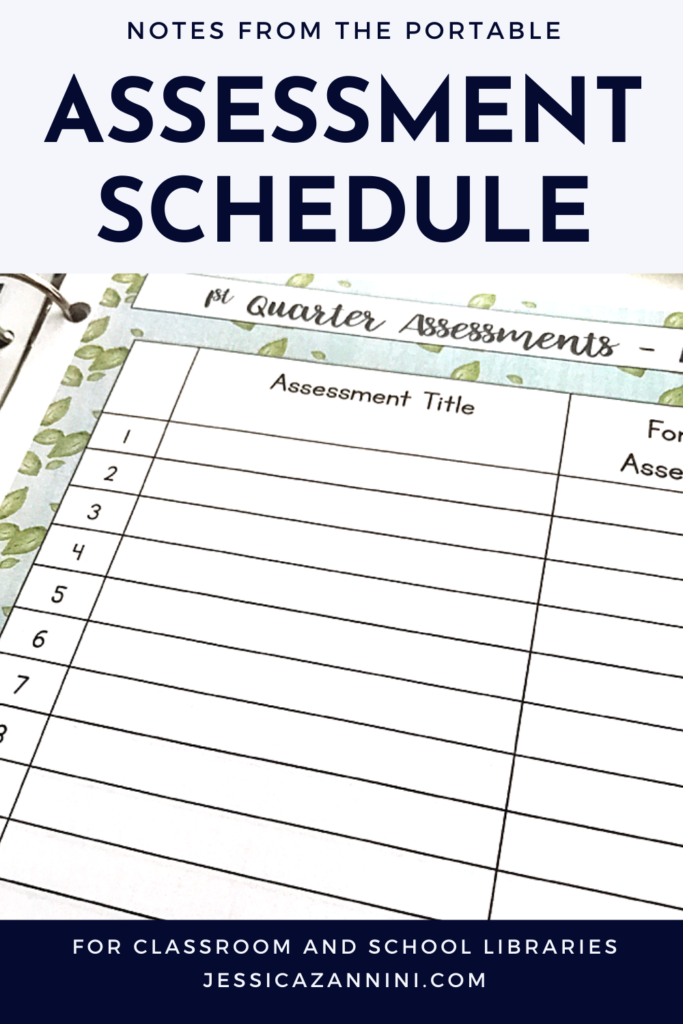
Formative Assessment VS. Summative Assessment
Formative Assessments are those small checks. They guide your to understanding what the students do/do not know. Summative assessments are those assessments you typically put in your grade book. These assessments involve test, quizzes, and projects.
Formative Assessment Examples
Sticky Note Tickets – Have kids write their understanding in one sentence or illustrate it on a sticky note to check for understanding. This is a quick way to check in those small moments of the day. Take the student notes you are unsure about their understanding and stick it to your lesson plans to come back to later.
Surveys – Surveys are a great way to get feedback. You can give students the option of putting their names. While this does not give you a glimpse into that specific student, you can see where a question or misunderstanding lies. If one student is honest, then you probably have others with the same question or misunderstanding.
Smiley Face – A super quick check is to have students turn in a classwork assignment and put a face on it. The face will have a big smile if they understand, a straight mouth if they kind of understand, and a sad face if they get lost or just do not understand what to do.
Weekly Self-Assessment – Formative Assessments can be used for more than just the standards. This weekly self-assessment can help students assess and reflect on their behavior throughout each week.

Lesson Tweet – Have students create a “tweet” to summarize what they have learned. Give them a specific amount of characters that can be used. This will make them focus on what is important on that topic.
Coloring Pages – Coloring and drawing are great ways to get students to process and demonstrate what they are learning. Have students make illustrations of vocabulary or complete coloring pages. These American Revolution coloring pages are a quick way to assess.

Check-In with the Rubric or Checklist – When you start a project, topic or unit, give students a rubric or checklist to guide their learning. This is a great way for them to assess their understanding throughout a unit.
Scavenger Hunts – These are so much fun for students. You can use these in a variety of ways. In my library, I have several hunts. A few of these get students up and moving like The Library Scavenger Hunt and the Dewey Decimal Hunt. You can also have a digital one where the “hunting” takes place online. This would make a great back to school activity to see if students know how to find the information and tech tools you will be using throughout the school year.
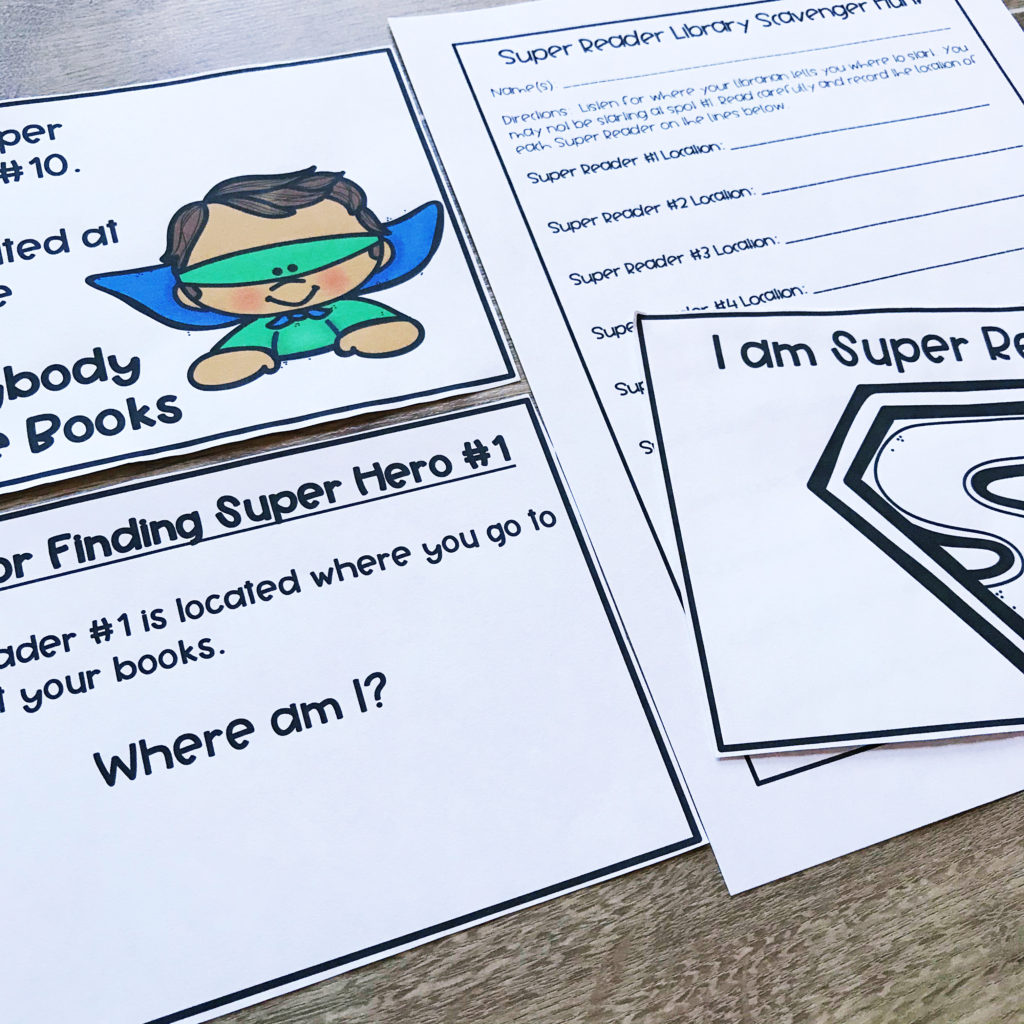
Thumbs and Smiles – This is one of my favorites and the easiest way to check in. Just have the learners give you a thumbs up (yes), sideways (kind of), and down (no). You can do the same with a smile, straight face, and frown.
Chalk Talk (Smart Board Talk) – Put the topic up on the board and have students come and write comments on the topic. The only talking during this time would be through the writing. This is a great for summarizing a lesson or prepping to review for a unit test.
Flip Books help students organize the information they are learning. Having space for them to reflect and interact will deepen their understanding and allow for a deeper assessment.
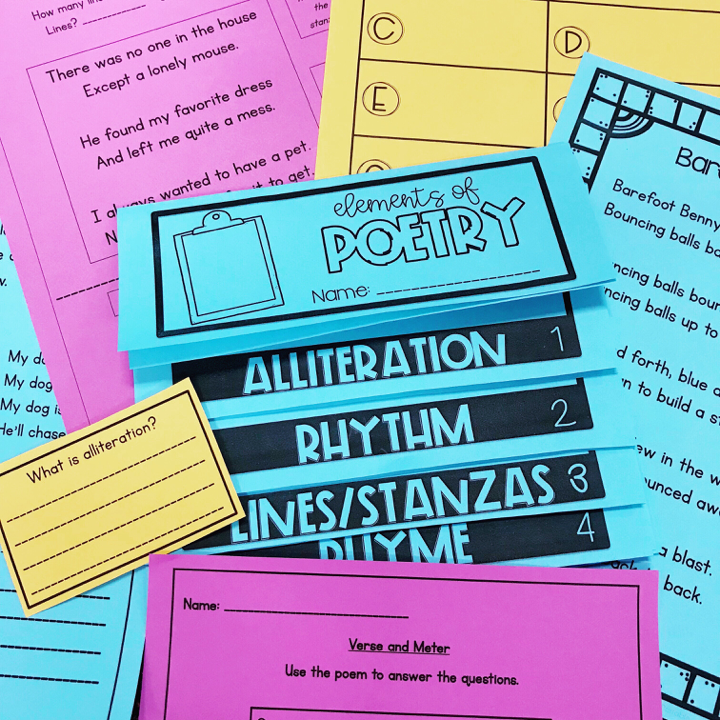
Book Creator – Book Creator is FABULOUS and the kids love it. This online tool allows students to create books and graphic novels. You can assign a unit topic where students create multiple pages or you can give each student a specific topic or term to create one page on and then combine them all into a book. You can share this as an eBook or print it for you classroom library.

Learning Centers – These centers give you a space for students to independently work with the skills you are teaching. Each day or week can have a different goal. Learning and Literacy Centers allow give you the chance to provide a variety of assessments for students to choose. These Poetry Literacy Centers show different ways to give students choice.
Write a Poem – Poetry can be a great way to assess student learning. When following specific poetry styles the word choice has to be specific. Try using a poetry template (grab free ones here) to assess student learning.
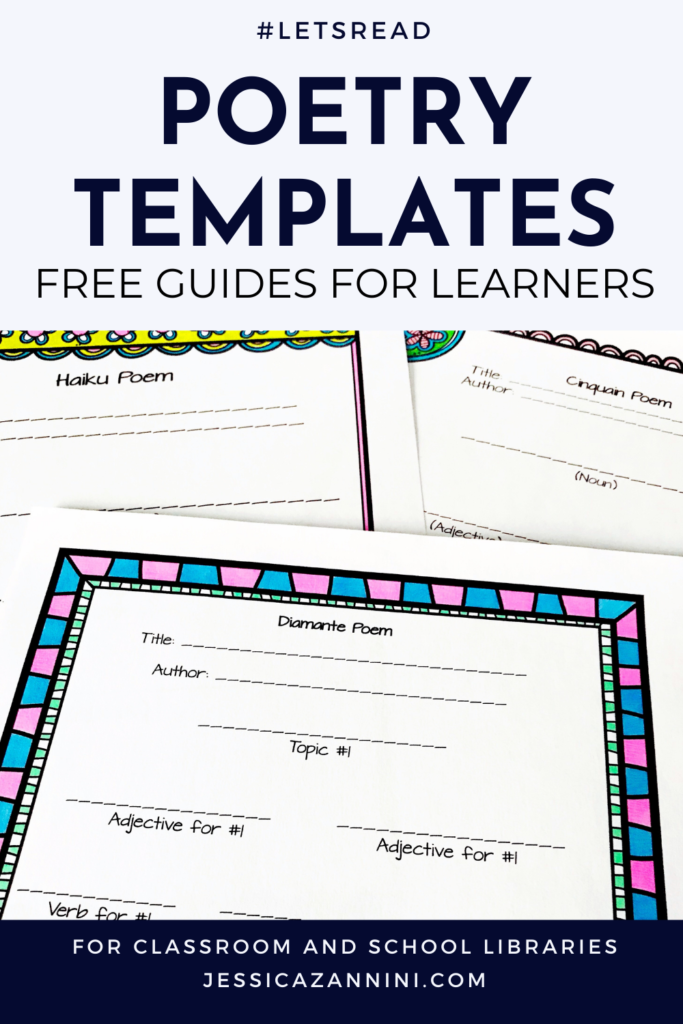
Journaling – Giving space to think about and reflect on the standards you are teaching is important. Journaling is a good way to give this space. With all of the technology tools these days, you can easily add journaling to your assessment strategies. To assist students who have difficulty writing, allow them to use talk to text, or do a video journal with Flipgrid or other video tools. Try these Writing Prompts to get you started.
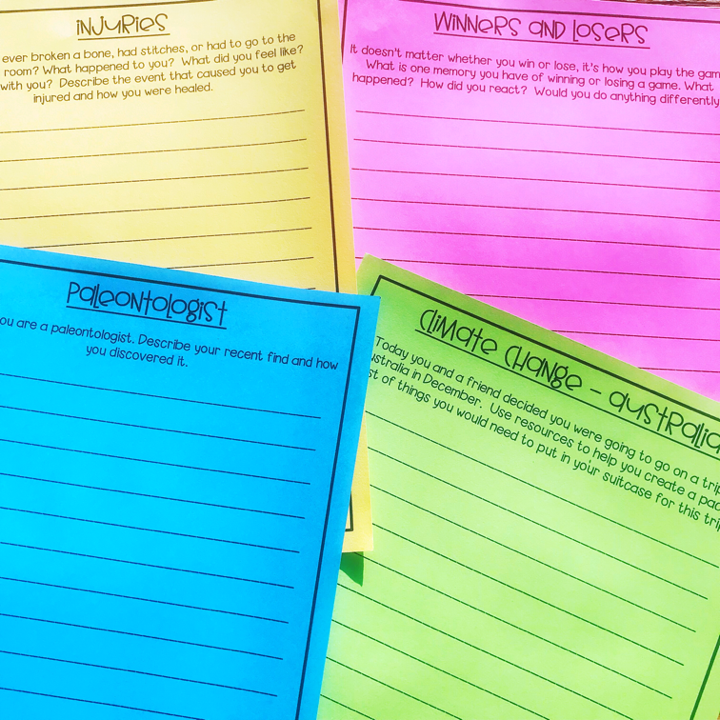
Breakouts are another great way to assess understanding. Sometimes students guess and move forward. With a breakout, you can easily find where the misunderstanding lies, since the student cannot move forward. One of the easiest ways to create a breakout is with locks. Learners will need to find the correct number code to open the lock.
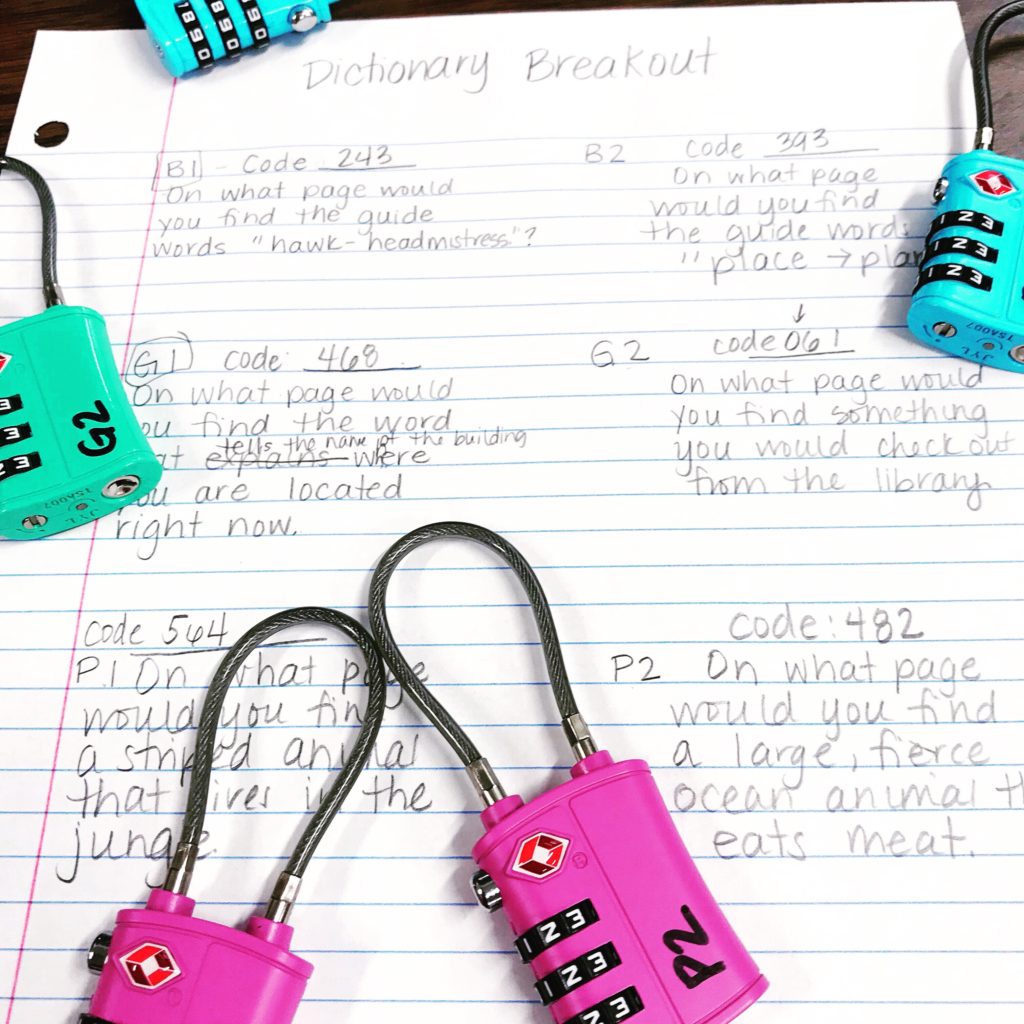
Menus and Choice Boards are fun to use because you can get a variety of ways for students to demonstrate understanding. With menus, the students get chances to do some of the assignments quickly and you have the chance to group options. These allow you to gather the needed assessment information while giving students ownership and choice in how the show that understanding. These are a great way to review before the end of a unit.
These Science and Social Studies Choice Boards and Menus show the different ways to use this type of assessment.
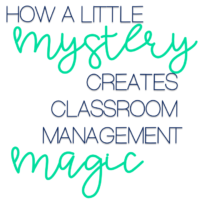
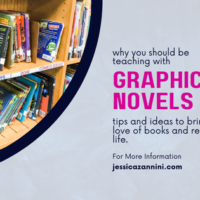



Leave a Reply